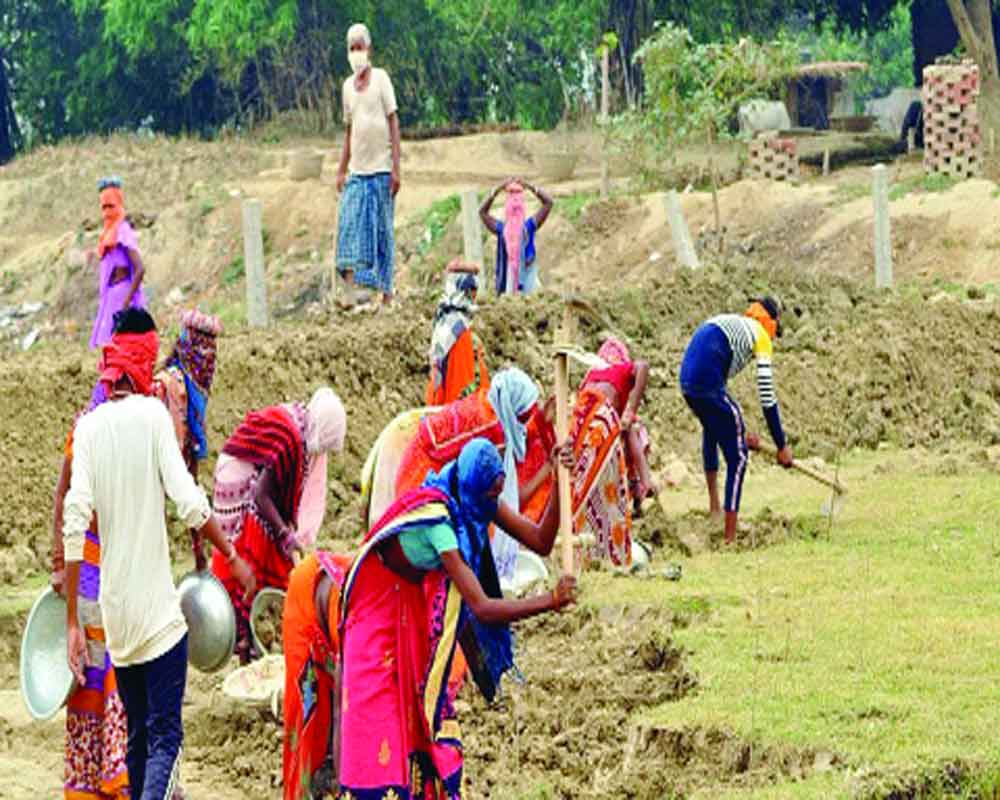MGNREGA payments go fully digital via Aadhaar but logistical concerns remain
The Mahatma Gandhi National Rural Employment Guarantee Act (MGNREGA) is all set for an upgrade. The popular scheme, enacted on August 25, 2005, which came into effect on February 2, 2006, is a social welfare programme that guarantees 100 days of employment per year to rural households. In a significant move towards digitisation, MGNREGA wage payments have transitioned entirely to a digital platform, utilising Aadhaar authentication. Despite its noble objectives, MGNREGA has faced challenges related to reported leakages and instances of corruption. Leakages refer to the diversion or misallocation of funds intended for the programme, leading to inefficiencies. Various reports have highlighted issues such as ghost workers, fake job cards and irregularities in implementation. Addressing these reported leakages was crucial to maintaining the integrity and impact of the programme in alleviating poverty and promoting sustainable livelihoods in rural areas, leading to its upgrade in a fully digital format. The latest shift towards digital payments is part of the Modi Government's broader agenda to promote a cashless economy and increase transparency in welfare schemes. The primary focus of this digital transformation is the authentication of MGNREGA workers using their Aadhaar details. Aadhaar, India's unique identification system, incorporates biometric and demographic information, providing a secure and verifiable means of identification.
By linking MGNREGA payments to Aadhaar, the Government aims to eliminate leakages, reduce corruption and ensure that the wages reach the intended beneficiaries directly and promptly. The digital trail allows authorities to monitor payments in real-time, ensuring accountability. The move to Aadhaar-based payments streamlines the disbursal of wages, ensuring that funds reach the workers' bank accounts directly. This eliminates intermediaries and minimises delays. With the Aadhaar authentication system, the Government aims to plug leaks in the system, preventing funds from being misused or siphoned off. However, the transition may not be smooth as many issues on the implementation front may arise. Linking MGNREGA payments to Aadhaar raises privacy concerns as the unique identification system involves the collection of sensitive biometric and personal information. The potential misuse of this data has been a significant point of contention. Another concern voiced by the Opposition is the risk of excluding eligible workers who may not possess Aadhaar cards or face authentication issues. This could lead to the denial of rightful employment benefits to those who need them the most. Besides, the digital divide in rural areas, where internet connectivity and technological literacy may be limited, is going to be a challenge. Having said that, the digitisation of MGNREGA wage payments through Aadhaar is a bold step towards modernising India's welfare schemes. It remains to be seen how the Government responds to the concerns raised by the Opposition and civil society.


























